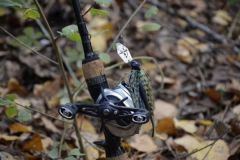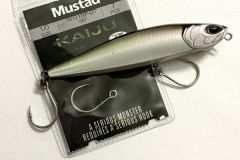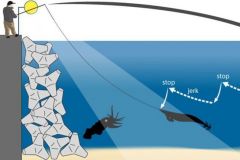There will always be anglers who practice one technique exclusively rather than the other, and that's not up for debate. What's important is that there's something for everyone. One of the aims of this article is not to be exhaustive, but rather to demonstrate that the arrival of casting in France from the US (many years ago now) and its popularization, is less a question of fashion than of real technical constraints depending on the situation.
A reminder
A casting unit is characterized by the use of a spinning reel positioned on the rod, whereas a spinning unit uses a fixed spinning reel positioned under the rod, easily identifiable by its pick-up which must be opened and closed for each cast.
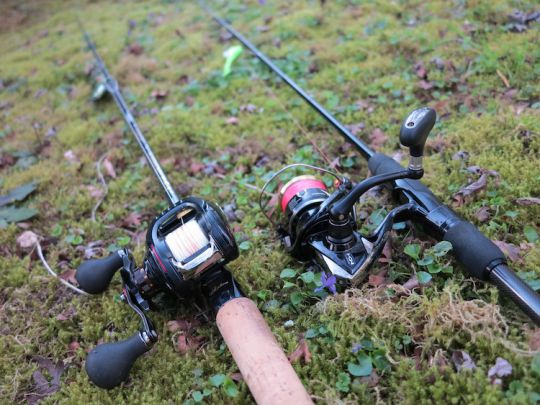
Line control during casting: casting advantage
It's important to understand that the physical forces involved in spinning and casting are not quite the same. In the case of spinning, it is the combined action of the weight of the lure and the movement of the rod that allows the line to unwind from the reel, whose spool remains fixed. In the case of casting, the spool starts to rotate at the moment of casting. The additional friction force in this case, while resulting in less distant casts, keeps the line less supple and therefore easier to control. What's more, with spinning there's a delay in the first retrieve phase, which is linked to the closing of the pick-up, whereas with a casting reel all you have to do is turn the crank to engage.
Support and vertical fishing: spinning / casting equality
A casting unit makes it easier to keep control of your line, as you only need to disengage the clutch or cast if you want to follow the bottom topography correctly. If the bottom topography varies a lot, the casting set will offer more reactivity. However, in the same context of vertical fishing, it would be preferable to use a spinning set if you wish to animate your lure more subtly. Handling the rod in "pen-holder" mode allows greater subtlety and precision in the animation of your lure, something that is much more complicated with casting.
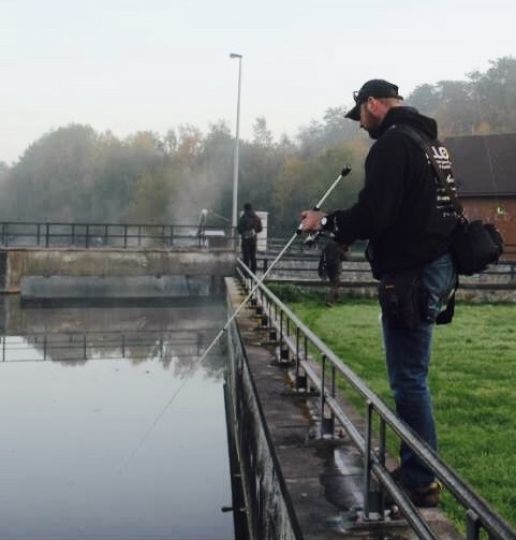
Linear "scratch" fishing: spinning advantage
Spinning is often favoured by anglers when fishing close to or on the bottom. The greater the depth of the spot, the greater the current and wind, the more appropriate a spinning rig will be. Indeed, with spinning, the lure is freer (it is not subject to the opposing force exerted by the rotating spool of a casting reel) and will therefore sink faster to the bottom. What's more, for equivalent rod power, the braid diameter will be greater on a casting reel, so it will split the water less easily. The use of baitcasting for the same style of approach is best reserved for medium-depth spots.
Let's take an example: fishing a cushion or an inlet close to the edge where the water is 3 m deep will allow baitcasting to express itself fully! Other subtleties need to be considered to clearly distinguish between casting and spinning, particularly when considering the attitude you wish to give your lure, but this will be the subject of a future article specifically devoted to pike-perch fishing.
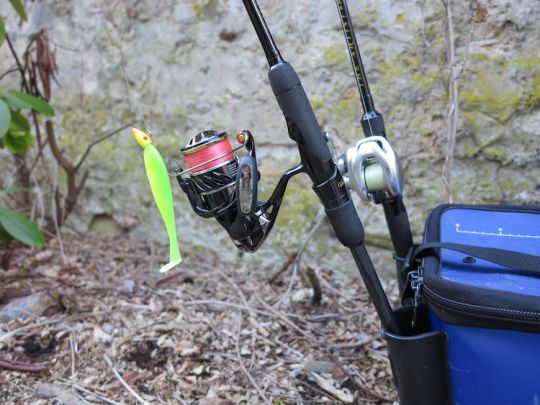
Fast fishing: casting advantage
Take the example of Power Fishing or Rubber Jig fishing.
While the use of a spinning set is perfectly feasible, once again it's the casting speed that puts it above spinning in this context. In fact, a baitcasting set allows you to make a series of casts more quickly, without having to open a pick-up or adjust the length of your banner at the moment of casting. At the end of the day, an angler using a baitcasting set will have made more casts than his counterpart using a spinning set. He will have covered more surface area and increased the probability of encountering fish. What's more, casting allows you to place your lure more precisely and more discreetly on the water. This is thanks to the fact that you can perfectly manage the last phase of the cast by slowing down the spool more or less with your thumb. Discretion on pitching casts (pendulum casts under the rod) requires the use of a baitcasting set. This is impossible with a spinning set, and the noise when the lure hits the water is unavoidable.
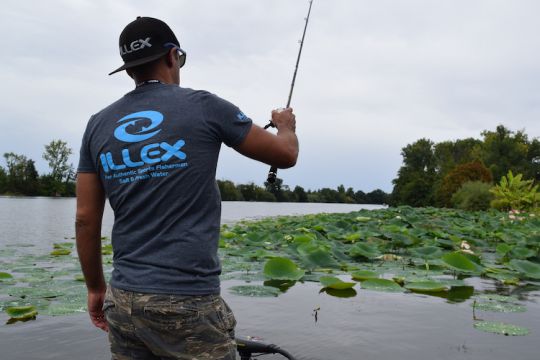
Strong fishing: casting advantage
In these conditions, the use of a baitcasting set will preserve both equipment and body. As far as the equipment is concerned, this is directly linked to the design of the baitcasting reel. Because the spool rotates, the reel works like a winch, with the line positioned in line with the spool, so the strain on the lure retrieve will be lower than on a spinning reel, where the line forms a 90° angle with the spool at the roller.
As far as the body is concerned, it's the ergonomics of the casting unit that will be appreciated. Once the lure has been dispatched, the rod butt can be placed under the armpit and held mainly in this way, with the non-reeling hand simply holding the reel without forcing it, or even positioning itself in front of the reel and gripping the rod blank directly. In this way, the weight of a baitcasting set for heavy fishing is quickly forgotten.

Long-distance fishing: spinning advantage
Whether you want to tackle a spot more discreetly by standing well back, or to cover more ground in larger areas, spinning will supplant casting (provided you don't cast too big a lure...) thanks to its ability to cast further than casting.
Light fishing: spinning advantage
Under these conditions, and even if the performance of today's casting reels allows casts almost as long as spinning reels, the superiority of spinning reels over casting reels when it comes to sending a light-weight lure a long way is clear. Add to that a headwind, and there's no debate.
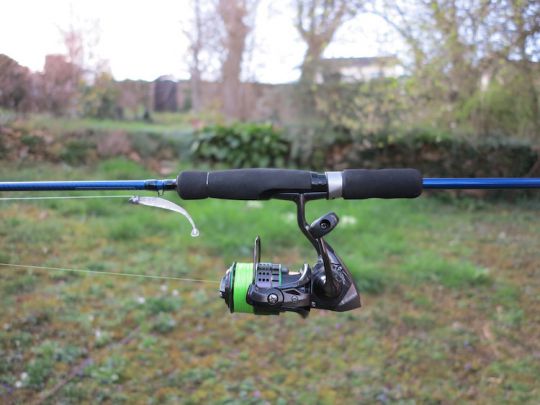
Float tube fishing: spinning / casting equality
Float tube fishing allows the use of both techniques. That said, for some, casting may have a slight advantage over spinning. Because the reel is positioned on top of the rod, the holding action is less tiring for the arms and shoulders, as the arm holding the rod is more relaxed. The positioning of the rings on top of the blank also means that the rod can be rested on a float tube flange when retrieving. This may seem like a detail, but at the end of a day's fishing the difference can be significant.
To sum up, even if technical advances have narrowed the gap between spinning and casting in terms of casting performance, regardless of the lure's weight, it's a fact that spinning is more appropriate than casting in certain conditions. As for the rest, it's a question of feeling and certainly of how you see fishing: are you looking for performance or just to share a special moment with friends in the heart of nature? Some anglers are at one end of the spectrum, others at the other, and many fall somewhere in between!

 /
/ 




